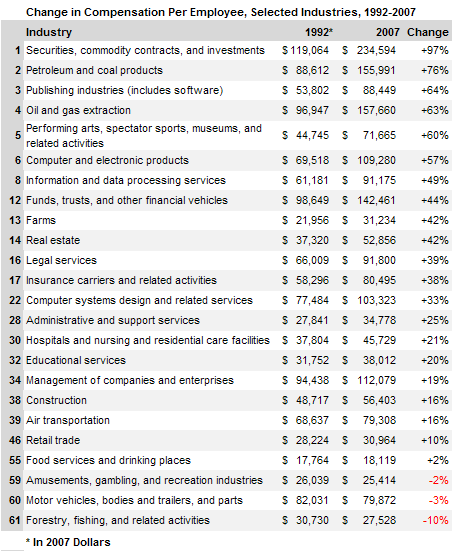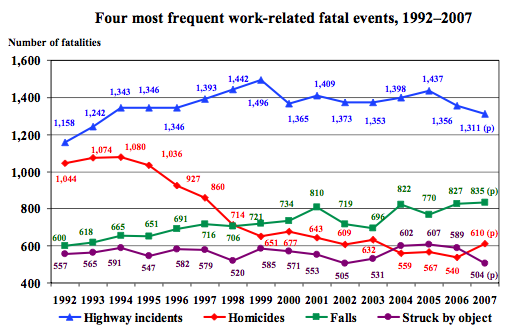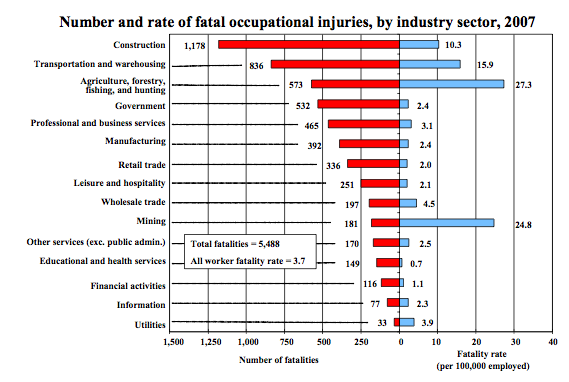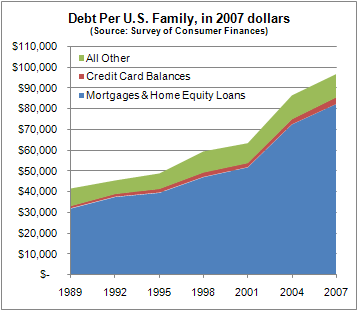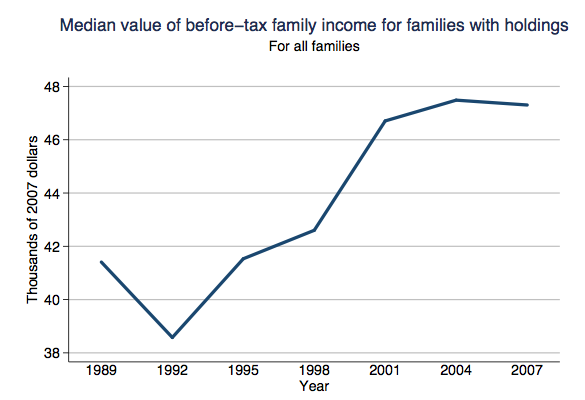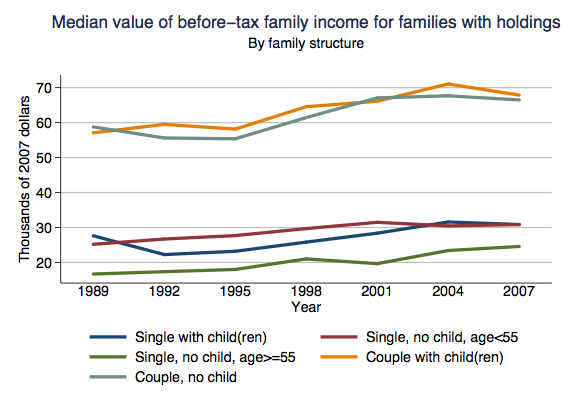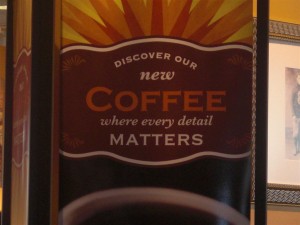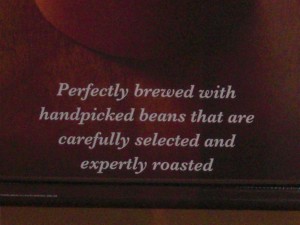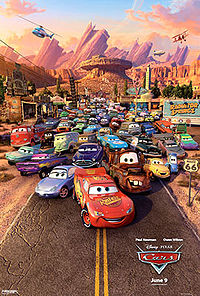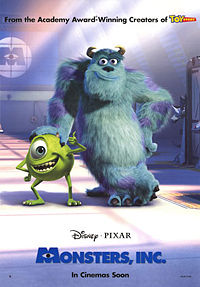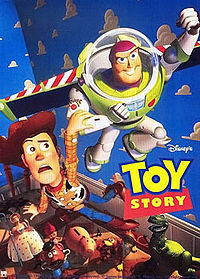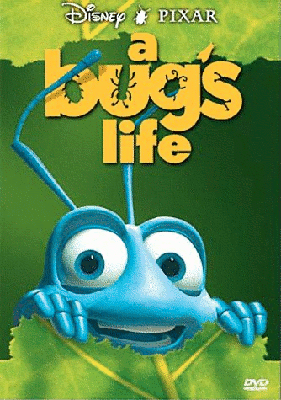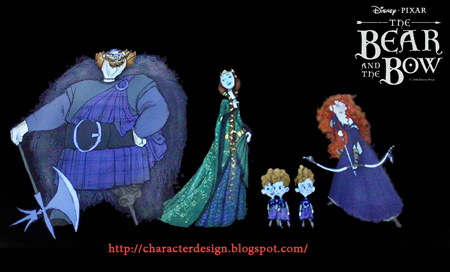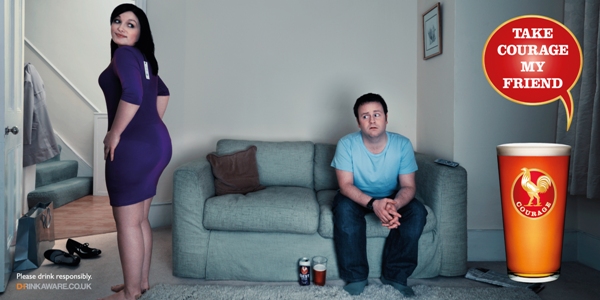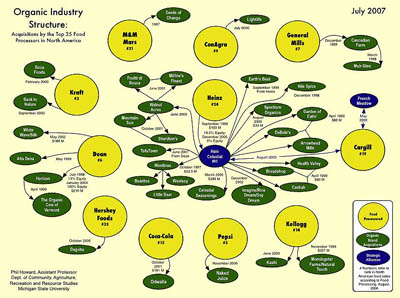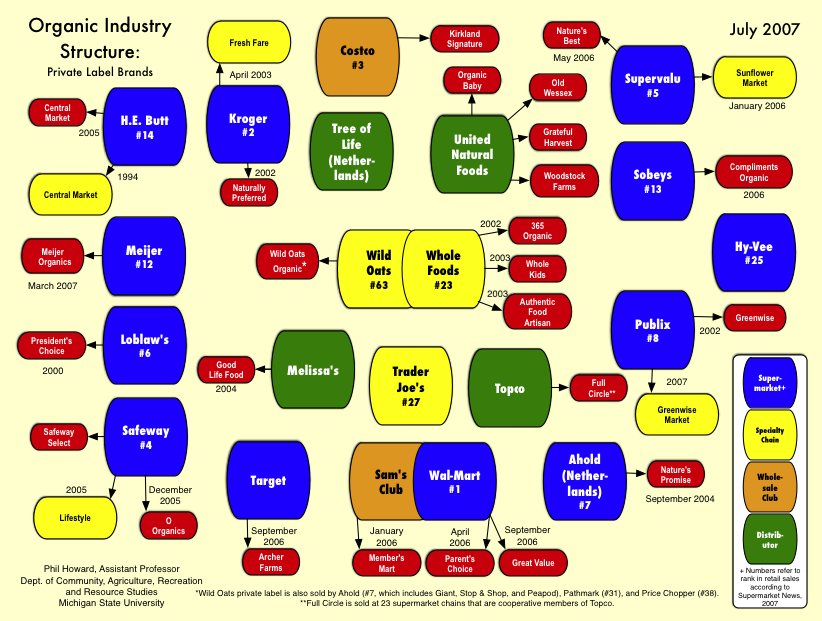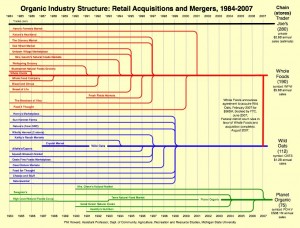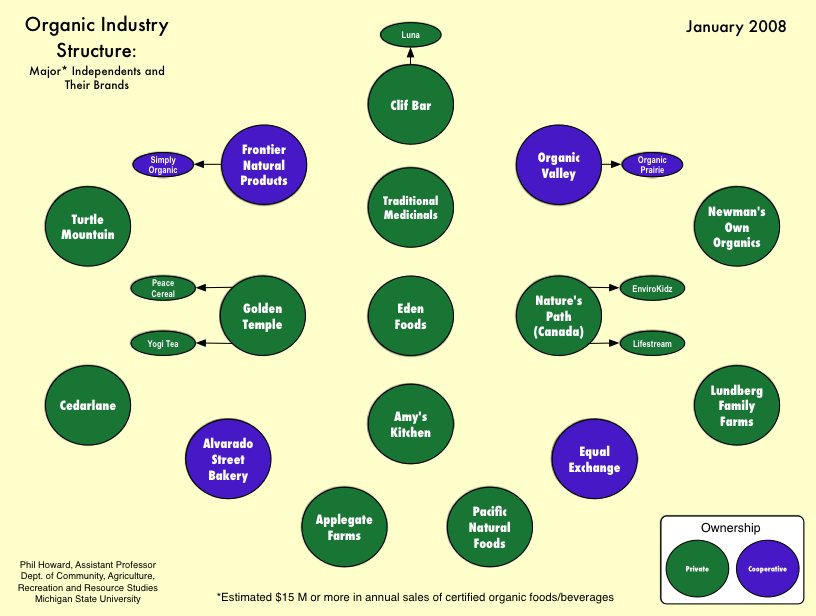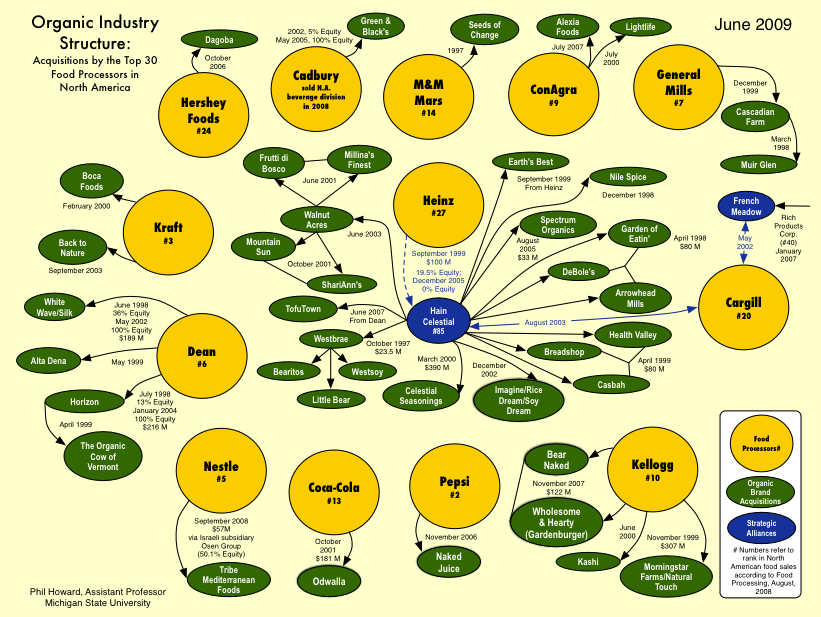NEWS:
Last month Lisa posted about some interesting, if subtle, differences in a Spanish- and English-language pamphlet for pregnant women at Kaiser. Siobhan O’Connor at GOOD put up her own blog post about the pamphlets and called Kaiser to see what was up. A representative, Socorro Serrano, visited our site and replied in the comments. Check out her reply, now in the post, here. Thanks for chiming in, Socorro!
Join our fandom at our Facebook page!
NEW FEATURE! FROM THE ARCHIVES:
Sometimes we get nostalgic for our old posts. So, each month we’re going to resurrect a post from one year ago. (In July we turn two-years-old and we’ll start resurrected two!)
From March 2008: The marketers behind the Brazilian yogurt ads in this post counted on their viewers being disgusted by, gasp, fat women! But some of us thought the women looked great. What do you think?
NEWLY ENRICHED POSTS:
We added another Postsecret postcard to our post on confessions of true feelings about interracial sex. Also in race and sex: We updated our post on Resident Evil 5 again, this time adding an image of an African woman from the game attired in a sexualized animal-print outfit.
Nearly a year ago we argued that a promo poster for Gossip Girl represented the “pornification” of everyday life. The stars are on the new cover of Rolling Stone and, well, we still think it’s pretty porny. Speaking of: Breck C. sent us another image of things shaped like boobs, which we added to our extensive boobs post.
We published a post about a Dutch bus-stop bench that is a also a scale and publicly displays your weight when you sit on it. We went back and added images of a design for a toilet seat that does the same thing.
We added images of a man’s electric back hair shaver and a Nads commercial about a woman whose life was transformed when she was able to wax away her beard to this post about our growing disgust with body hair, even on men. Also in hygiene: Kim D. sent us in another vintage Lysol douche ad, which we added to a post with several others.
Bri a sent in four ads to add to one of our posts discussing how people of color are included in ads aimed primarily at white people. See the whole series starting here or check out the newly enriched post that discusses how people of color are used to represent “spice,” “flavor,” and, literally, “color.”
Bri also sent us an awesome Ralph Lauren ad that romanticizes colonialism, we added it to a previous fashion spread that did the same. Relatedly, to our post about using third world people in fashion ads, we added a set of images advertising Suit Supply, sent in by Geerte S.
Matt W. sent us a map that overlaid concentrations of rural poverty with rates of religious adherents, and we added it to our post about religion and geography.
We added a floral-print hammer to this post about gendering products. Speaking of gendering products: We added another strip from the Sheldon Comics “Make-up But for Dudes” series and an SNL sketch about make-up for men to this post.
We added an advertisement for Cessna’s fleet of private jets to this post in which private air travel is linked with ideal fatherhood.
Our post on what “organic” means now has a link to the Cornucopia Institute’s photo gallery, which has lots of photos from large containment livestock facilities that sell to Horizon and other companies.
We, of course, had a new ad for our post on sexualizing food, this time a Three Olives vodka ad about your “O Face” sent in by Tiffany L. We also added more images of how the green “female” M&M is sexualized (sent in my Kristi) to this post. Also related to food: We added a link to the mock commercial for Powerthirst 2 to our original post about this hilarious send-up of energy drinks and masculinity.
Finally, to our post about various companies trivializing women’s power, we added print ads for Nuvaring (“Let Freedom Ring”) and Spanx’s new “power panties.” We also added another image of women sexually dominating men to our post on the theme. It’s a doozy, too.

